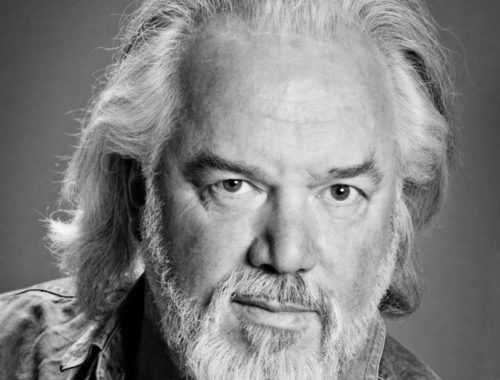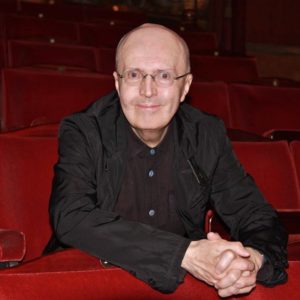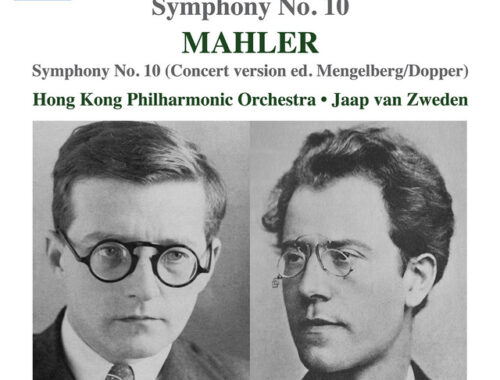TUESDAY 24TH AUGUST 2010 PROM 52: SYDNEY SYMPHONY ORCHESTRA/ ASHKENAZY
Royal Albert Hall
The prospect of the Sydney Symphony Orchestra getting down under and dirty with Strauss and Scriabin got off to a frenetic start with Vladimir Ashkenazy’s body language perhaps telling us more than we needed to know about the heated carnality at the start of Strauss’ Der Rosenkavalier prelude. And what you saw was what you heard: all sex, not much love-making.
But this was the dreadful “stitch-up” of a suite often attributed to Artur Rodzinsky, though who was the perpetrator and who should want to perform it says more about their indifference to the opera than it does about the suite. Ashkenazy was somewhat twitchy and short-winded with it – too many accents, not enough legato – drawing attention to its bad edits and the shrieking lack of opulence in the Sydney Symphony string sound. Where was the John Wilson Orchestra when you needed it? And who but the most profoundly unmusical and/or opportunistic being could segue from the rose-tinted duet at the close of the opera into the vulgar waltz mayhem which long precedes it? The irony, I guess, was that this “Viennese Night” horror failed to show-off the orchestra in any meaningful way.
That was better achieved in Ravel’s Piano Concerto in G major where the many circus tricks for the wind made a lively impression (terrific bassoons and a ballsy first trumpet) and the nocturnal fragrance of that much-feared stratospheric horn solo got a well-deserved thumbs-up from the maestro. Helene Grimaud nailed the spiky jazzisms with real aplomb and spun a dreamy alliance with the expressive cor anglais soloist (Alexandre Oguey) in the slow movement. He certainly carried himself like the proverbial Frenchman in Oz.
But just when we had grown accustomed to Ravel’s blissful succinctness along came that self-important brass oration announcing Scriabin’s Symphony No.3 “The Divine Poem” and another of those infernal trumpet motifs raised high a chivalrous lance to the enduring human spirit. Again ironic because the will to live comes and goes during Scriabin’s protracted 50 minutes. Was music ever so static, even in flight? A mysterious process of orchestral osmosis moves it on but the “hot air” factor is inescapable. So, too, the fatally lightweight Sydney strings. The forest murmuring slow movement is absolutely dependent on them being as good as its word – “voluptuousness”; that was not the case. Would it be too much to hope for that the piece remains “down under” where it belongs?


